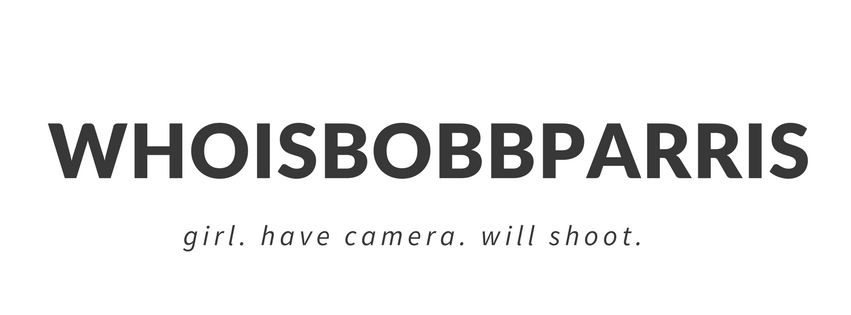in-grid: It’s all in the details
Meet in-grid, the British minimalist luxury label whose designers are redefining everyone’s favourite wardrobe essential: the basic white shirt. Originally based in London, a city that veers towards the maximalist end of the aesthetics scale, in-grid‘s Katie Timothy and Adam Barclay have carved out their own distinctly minimalist design niche. Unfussy and colour-free, each piece is a reflection of the couple’s commitment to ethical craftsmanship over quantity, and timelessness over trends.
There’s a reassuring weight to the handmade silk shirt dress I received from them that inspires a more slowed-down, languid rhythm to my stride. Maybe there is something in the way the air current catches the fabric, maybe it’s the seamless pockets, but I definitely feel the unlikely trifecta of luxury, utility, and comfort as I glide around in style. I reached out to the Katie and Adam to find out more about their creative process, inclusivity, where they find inspiration, and what’s next for the label.

Can you describe your morning routines?
Adam has a much stricter morning routine than me. He likes to be up by a certain time, out the door early to the gym and then to our local coffee shop. Here he plans his day, catches up on emails and works through our admin (the part that creatives don’t always want to do!). The day is then free for him to think and create working on either in-grid or a job of in-grid commissions, our creative agency. I’m a little more relaxed with my time in the morning. Through all the stresses of running a business, one of the things that I very much enjoy is the freedom. I like to start work when I’m ready, some nights working very late and others finishing around 5. It’s that that I really cherish.
Do you have daily uniforms – go-to “looks” for every work day?
We have certainly realised what we like to wear and feel comfortable in so because of this, yes, I suppose we do have a uniform. For me (Katie) when designing I like to be comfortable and relaxed. A lot of the shirts we make are all designed by draping calico or crepe onto a mannequin. It’s quite active so I like wearing loose-fitted simple clothing. Navy jumpers, white shirts, loose fitted jeans. I like splashes of colour, stripes and interesting creative cuts.
Can you describe the aesthetic of your living spaces?
Well if we are completely honest we are between places right now, we are just renting a space while we wait for our new house to be built. So it may be more appropriate to talk about the plans we have in place for our new space…Our new living space will literally be an extension of our brand and our approach to the garments we make. The space will be open, stripped back to its simplest form but full of details that help to transcend the space from bare to engaging and warm, without losing touch with our more severe or monastic architectural influences. We hope to achieve this by firstly painting everything ‘white’ then instilling warmth into the space with beautiful Douglas Fir flooring and implementing shadow gaps on all walls to help lighten the load of the space. It will be pure, simple, a place to think. We plan to remove most doors and implement arches as another monastic reference. It will be very open plan, so to delineate space we want to reference Robert Irwin’s large scale scrim art works as a replacement for walls. This will diffuse light beautifully and help create thresholds.

How do you find balance in your lives?
I’m not sure we do! However a very healthy friendship circle and a beautiful local pub all help with the stress. Katie finds solace and balance from work through exercise, mainly through running which is a beautifully repetitive and calming pastime. As an ex-ballet dancer Katie finds it imperative to stay in shape more for her mental well-being than how she looks and it certainly seems to help a lot. I myself have an unhealthy obsession with my Land Rover Defender. There’s nothing better than at the weekend blasting into the Peak District in Derbyshire and taking the car places most cars won’t go. This helps to refresh and reset me for the next task in hand. A little adventure every weekend is certainly good for the soul, or at least my soul.
How do you each define beauty? Where do you go to find it?
Well it almost seems a waste to merely answer this question in a visual sense and maybe would be wrong to do so. I think if we used an example of art, that for us always defines beauty visually and tangibly but also on a deeper level, it may help communicate our feelings on this matter.
For us Gian Lorenzo Bernini arguably the greatest baroque sculptor exudes our sense of beauty. In particular his work in the chapel of St Teresa in Rome where he produced a body of work called The Ecstasy of Saint Teresa that encapsulated rage, passion, confidence, sincerity, sexuality, jealousy and lust rooted in a deep connection with god is really quite something to behold. We are not religious but this piece transcends its religious meaning, and transcends its own physical state as a huge piece of marble and takes on an alchemic transformation into lustful flesh. We believe this is the absolute epitome of art and beauty in all senses of the word and represents all the emotions that we as humans are subjected to every day. For all its splendour, it represents an honesty of the complexity of humans rather beautifully.
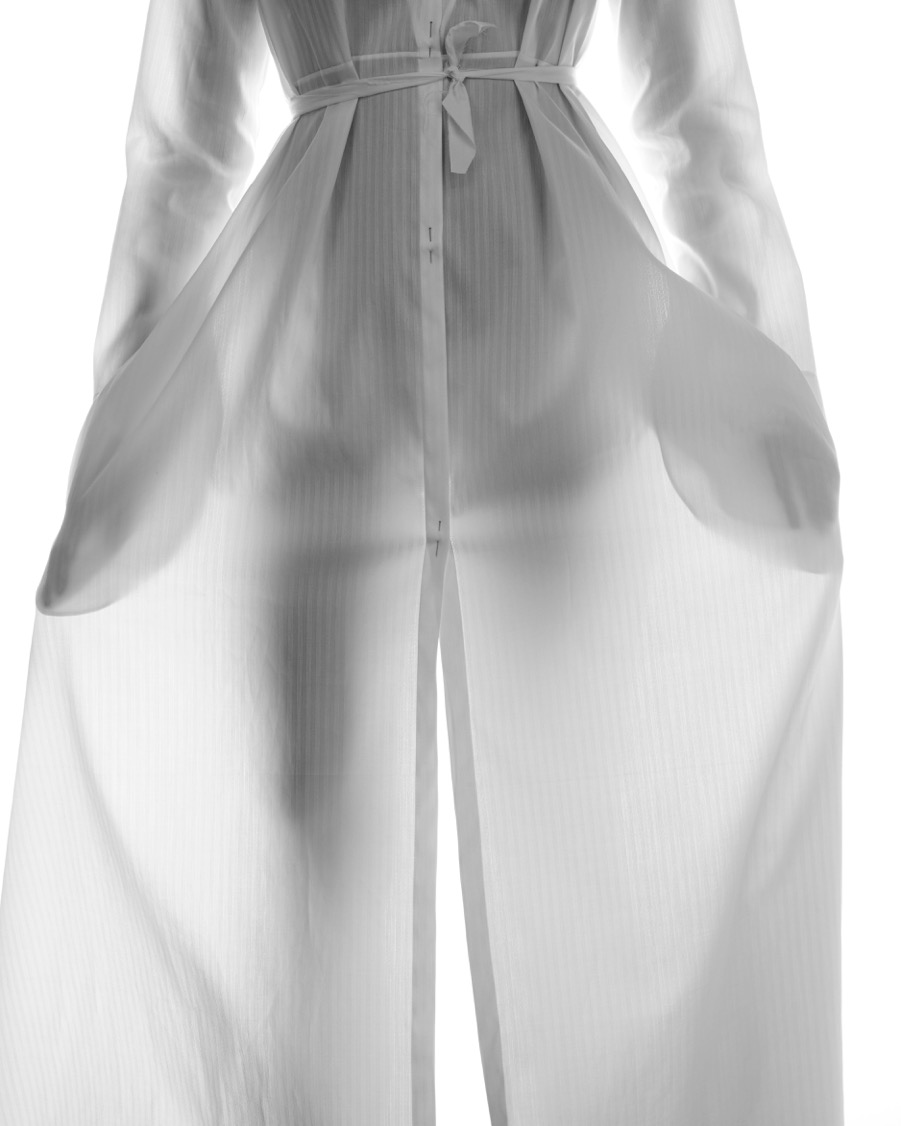
Where did the idea for in-grid come from?
Adam and I met through a friend many years ago but it wasn’t until we went on a holiday altogether about 5 years ago that we started hanging out more. We immediately bonded on that holiday over interests and have been together ever since. I actually wanted to work in fashion buying after studying and I did at MATCHESFASHION.COM for a few years. I missed the creative freedom whilst in the job but enjoyed many parts of it as well.
After a few years Adam left his job at the design agency Bibliothèque to concentrate more on his photography and image-making. With him working from home, at weekends and after work we started making short films and planning shoots together. We then started to design clothes for the models to wear in the shoots. Time passed as we both were busy with our own jobs but it always stayed in our minds that we wanted to create a business together at one point. Around 2-and-a-half years ago we booked a holiday to Gambia. Whilst relaxing we started to talk about the business we wanted to create and decided to dedicate the time to building the business when we returned. At this point we already knew our concept through to our design development, but did not have a name.
We met a couple whilst we were in Gambia. They often travelled to places in Africa and gave away the food and the clothes off their back to those who were in need. We made quite a friendship with this couple, which was ironic being as they were the oldest couple in the hotel and we were the youngest however they took us out introduced us to their friends, we had a great time. On the last day of the holiday the hotel staff had written the names of the guests leaving that day. On the board they had written goodbye to Ingrid and Edgar the couple we had befriended. This is where our name came from. On our return we dedicated all our time to in-grid.
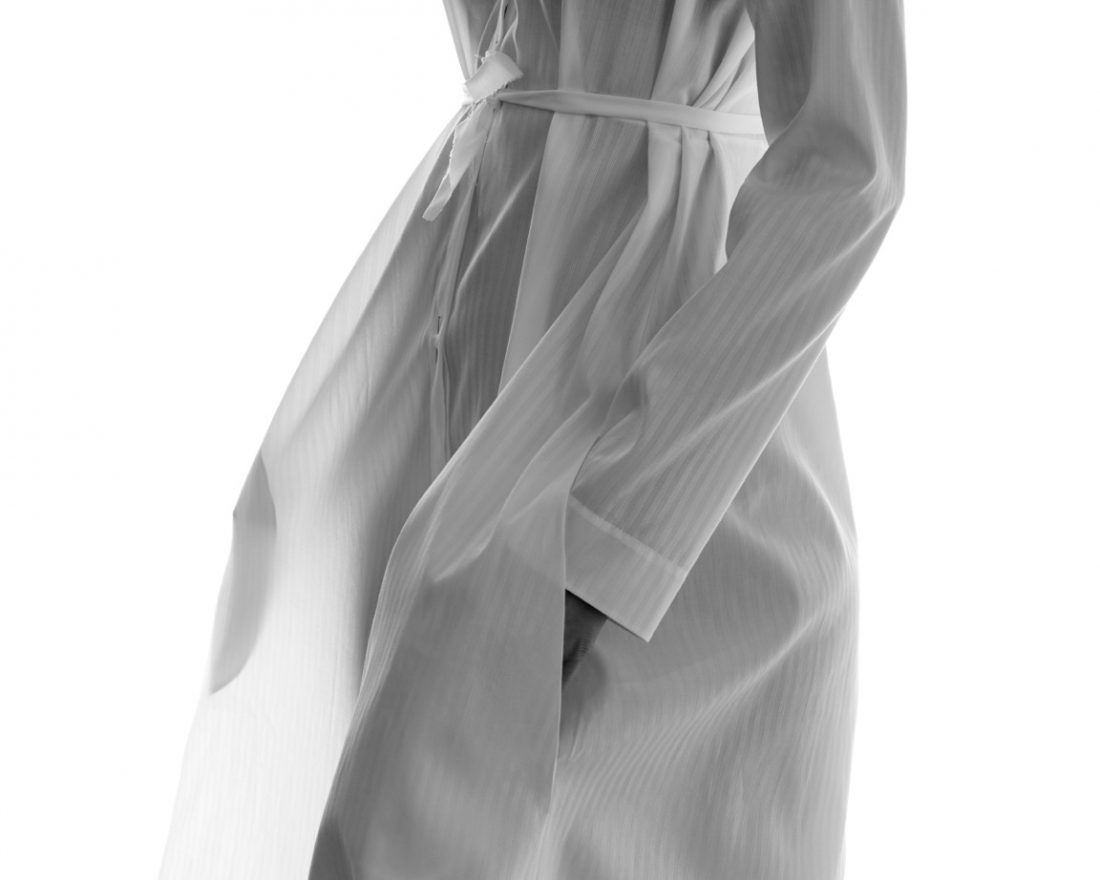
What was your first creation when you started designing together?
I remember it well, the first piece we ever made together after developing our brand and finding our concept. I designed a shirt which was made up of two layers. The sleeves were attached to the under layer, and the over layer was sleeveless slotting over the top. The shirt was effectively made up of 2 pattern pieces with the finished design looking as though there were many more. We decided not to launch this shirt at the time however it set a guideline for the type of garments we wanted to make. Thoughtful, hopefully clever, concise and beautifully cut.
Why white? Why shirts?
A process. It was not predetermined. The best thing about being a creative is the process; to me the garment that is produced is the smallest part. So to make sure we created the best product for us we had to go through a thorough and exacting process to help find the type of garment that would help us on our way. We design slightly backwards and look at detail first and then work outwardly from there. It came clear to us that the types of details and ideas we most naturally produced were best suited to shirting and then tentatively began to produce one shirt after another until we had a modest 7 piece collection.
Why white? Well we had already spent a disproportionate amount of time figuring out how to remove unnecessary details simplifying the garments as much as possible while still retaining the DNA of a shirt. This process of refinement lead us to the idea that if we were going to launch with a line of shirts then why should those shirts not be as pure as they can be. We are not total zealots about the concept – we are creative at the end of the day – and are free to change when it feels right to us. So it felt rather natural to start a company producing garments that were literally the simplest of starting points. That way as we developed we could see the progress and the decision-making every season as we gained confidence. However white will always be our master colour. It will be our anchor and our most beloved brand attribute.
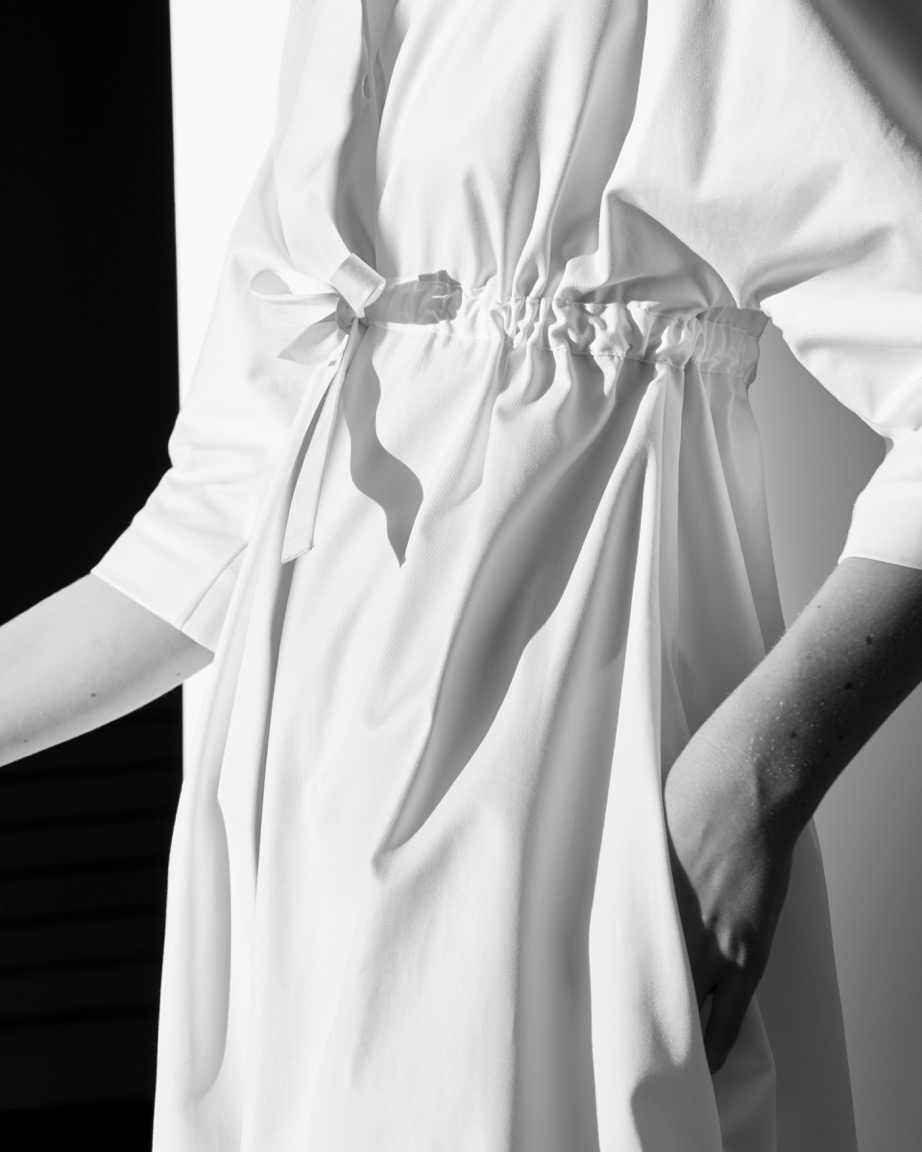
How would you describe the in-grid woman?
One of the things that attracted us to the concept of white shirts for women was the fact that it is very inclusive. White shirts come in many shapes and sizes, as do women. We were making a staple whilst playing with it, moulding it to be in-grid and with that always thinking of many different types of women. Not just in terms of shape but style also. Making sure we weren’t just designing for one. We hope that we have something for many demographics. I’d say there may be one similarity in the personality of a customer of ours and that would be someone who is driven in the pursuit of fine detail.
You base the in-grid studio in London, arguably a maximalist and visually saturated city. Does the location have an influence on your creative process and aesthetic?
Well actually we started in-grid in London but one year ago moved to the northern and very creative city of Sheffield which has arguable had a bigger influence on us. It obviously has 1% of the choice London has but it had a charm and it had a freedom. We were firstly liberated by the prices. Sheffield is a vastly cheaper city to live in than London. So it meant we could create a beautiful studio and just recently we have finished building a photo studio in the heart of Sheffield called ‘in-grid spaces’ these things we would never of been able to do in London. So I’m not sure we would be the company we are without it. It also helps being a stone’s throw from beautiful and vast countryside like the Yorkshire Dales or Moors as well as the Peak District. It’s in these places that we pull a lot of inspiration from. We like to walk a lot, being out there, exploring helps simplify things. And rids you of the bullshit London has a habit of placing on you.
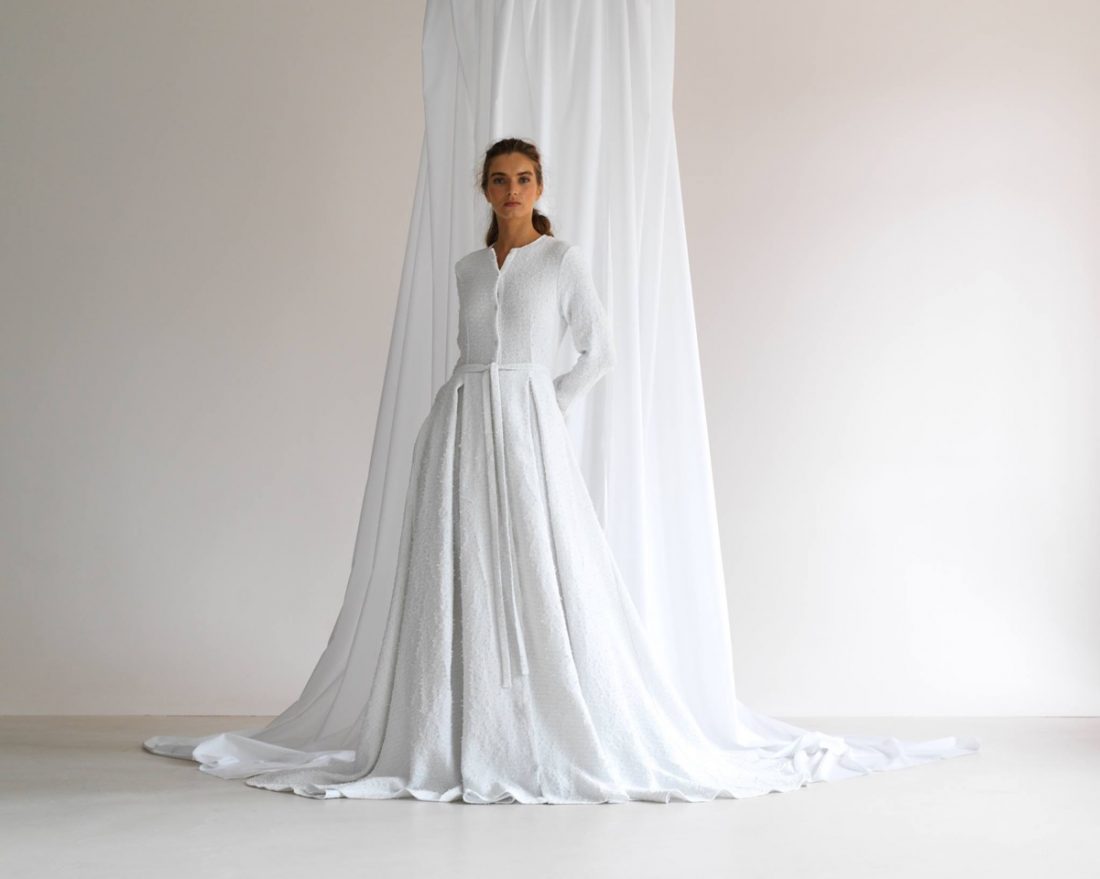
Was it always the plan to be fashion entrepreneurs? Or did it evolve as an idea over time?
Me and Katie had very different paths that we had set out for ourselves. I had always planned on being an entrepreneur within fashion, it’s something I’d wanted since I was a teenager. My parents were entrepreneurs and worked together for over 35 years. So once me and Katie had met and developed a wonderful relationship it only felt right that we would try and create something together. Thankfully Katie agreed, because it would of never happened without her beautiful creative mind and stunning hand skills when it comes to creating garments. So to answer your question for me it was pre-planned, but for Katie more of a evolution.
Can you tell me of a time where you’ve needed to follow your guts during the creative process?
All day, everyday. We are quite confident in saying that we only design with our guts and our intuitions. We do not bother looking for gaps in the market to then exploit them. We are lead by our hearts and if we tried do it in any other way we would not be happy. The fun comes from intuitive improvisation. Trust your eyes, and follow your hearts. The rest is rubbish! All too often do we hear of garments being produced by companies who trust algorithms related to ‘likes and hits’ if we continue down this path we will end up with everything being homogenised with no soul at all.
Have either of you ever encountered a creative block, and how do you get passed them?
Certainly. I think this happens to any creative in many different fields. For us the important thing is not to stress. A creative block can be made worse by the pressure of a looming deadline. It’s important however tight that deadline is to step away from the design that is causing this block. Start something new. For us usually working on something new finds the answer for the previous piece.

What do you each do to recharge your creative flows?
We both read a lot, it’s the perfect stress buster but also a very satisfying way of broadening your knowledge and helping redefine a creative vision. Subjects may vary as wildly from ecology to art to language. Currently our favourite writer is Robert Macfarlane who has written some beautiful books about re-connecting language to landscapes and also paths, the journey we take on foot and how symbolic these can be to society in the past and present.
What product(s) do you admire that you wish you could have designed yourselves?
I’m not sure we have ever considered a product we wish we had designed. There’s obvious choices that you could choose for their financial success, innovation or pure popularity but all those things are deeply connected to the people/companies that developed them and their stories. We are not the most reverent of people we are much more interested in what we are creating right now. That sounds rather self involved, and it is not meant to, it’s just that as a creative it’s very easy to become preoccupied with what others are doing when really we have a blank piece paper on our desks and it won’t fill itself.
What can we expect from in-grid in the future?
Well in-grid is going through a lot of changes right now; we are growing and it’s not all necessarily in the direction of fashion. We always set out to build an in-grid world that was not confined to white shirts. But we were also deeply connected to those products so we wanted to find a way of growing without diluting our offering. As a photographer and graphic designer I had always dreamed of launching a creative agency that would operate side by side with in-grid. And we have just launched this offering. ‘in-grid commissions’ is a creative collaborations and image making agency specialising in stills and motion. We have also opened a photo studio that architecturally mirrors the in-grid aesthetic and is available to hire for film and as a photo location. But one of the most exciting things we have in the pipeline is our bridal collection. Having started a company rooted in the colour white it only made sense that we produced a bridal line that was handmade in England, ethically sourced and inspired by the women’s white shirt.
Images courtesy of in-grid. To learn more about in-grid‘s bridal dresses, email studio@in-grid.co and follow them on @in_grid_bridal and @in_grid_studio for updates.
